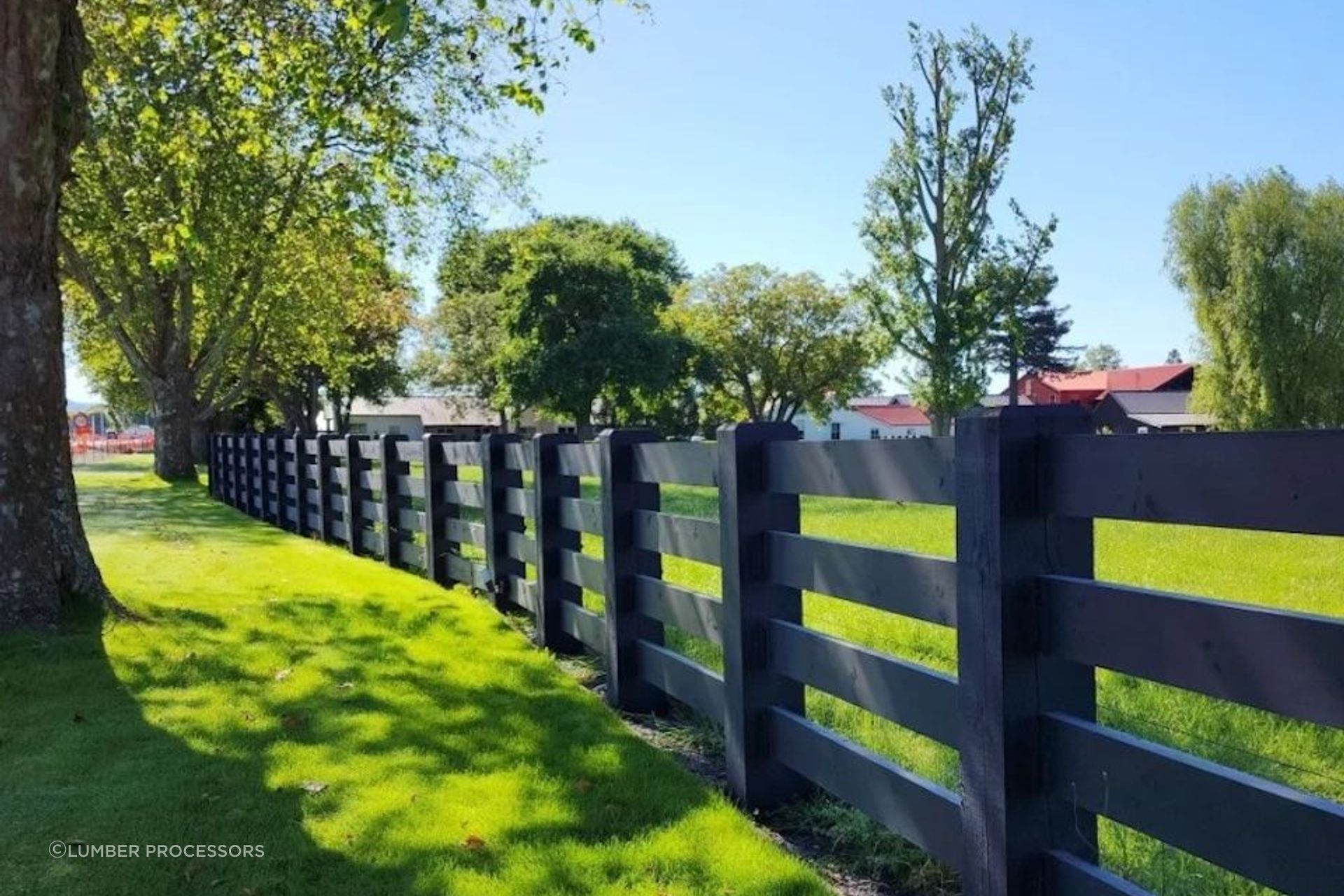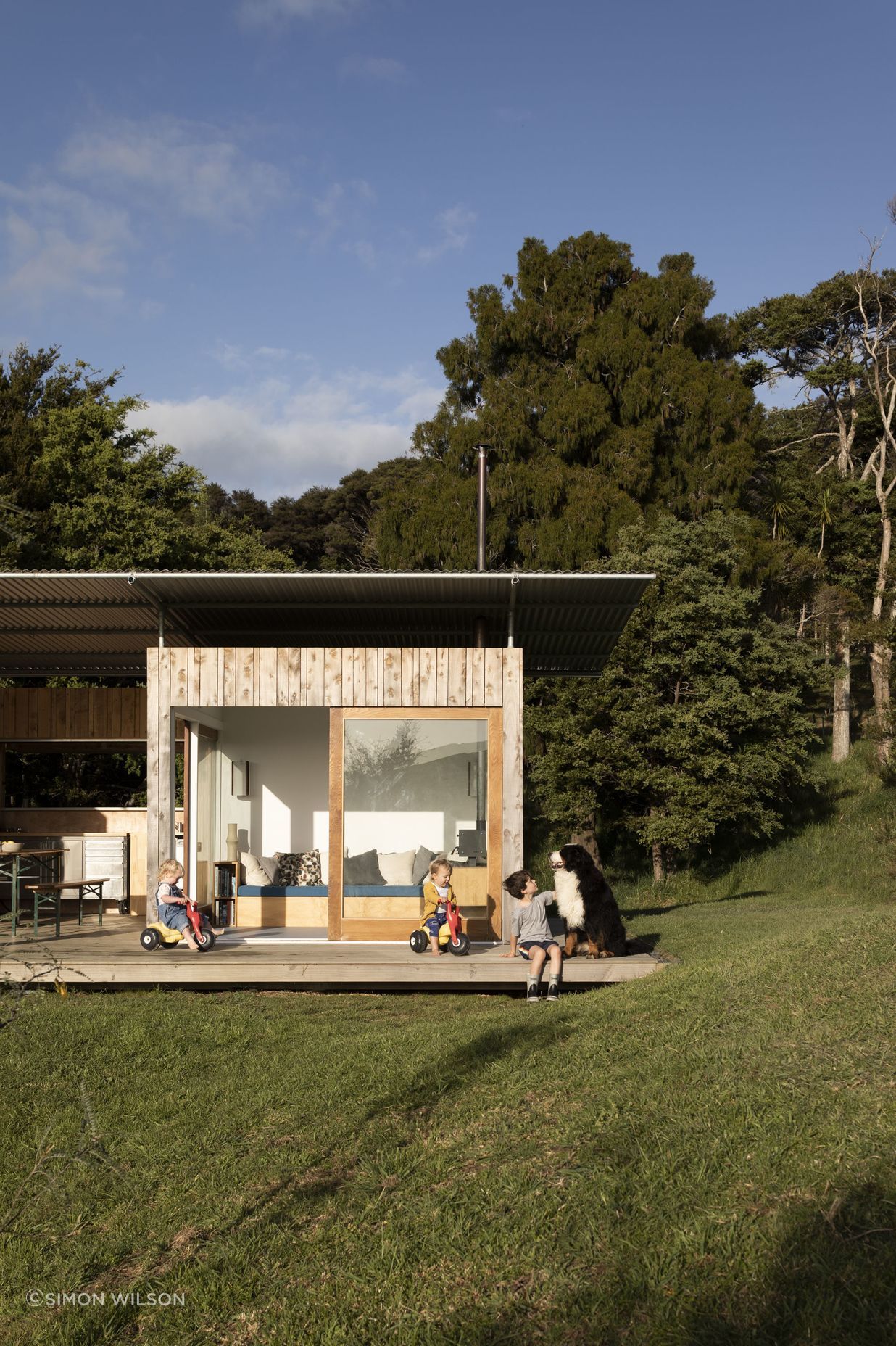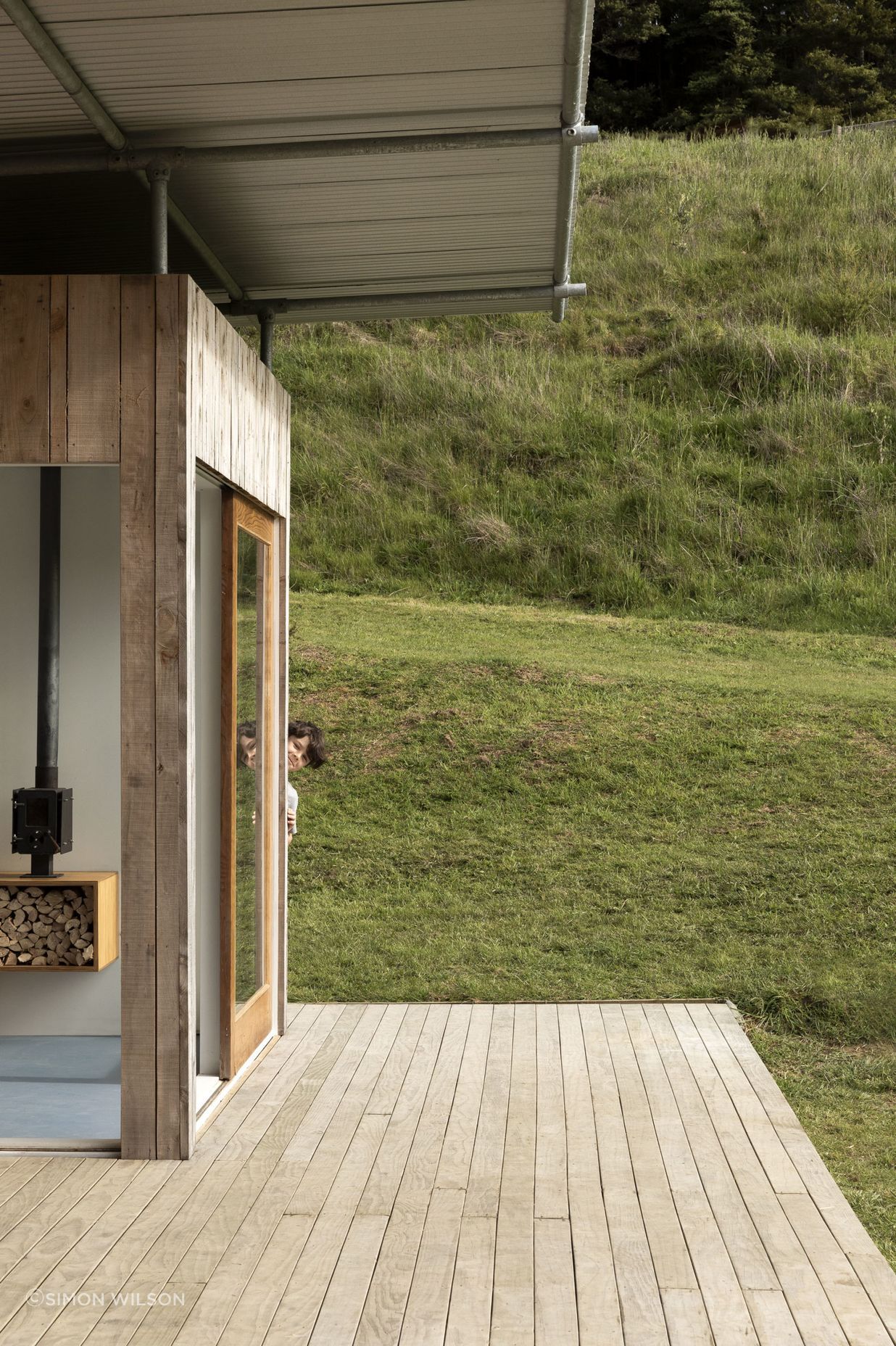Unlocking the secrets of Radiata pine and Macrocarpa
Written by
10 April 2024
•
5 min read

ArchiPro speaks with Glenn Richards, Sales Manager at Lumber Processors, a New Zealand-based timber supplier, about Radiata pine and Macrocarpa's boundless potential for the construction and design industry.
Lumber Processors has earned a reputation for excellence for three generations, offering superior timber products and exceptional customer service nationwide.
“At Lumber Processors, we think our commitment to quality, innovation, and customer satisfaction sets us apart from the competition. Thanks to our extensive experience, we've honed our craft and perfected our processes to deliver superior timber products tailored to meet our customers' high standards,” says Richards.
“Unlike traditional timber suppliers, we offer a direct line to premium timber, eliminating the middleman and ensuring a seamless experience from start to finish. Our quick turnaround times, advice, and custom sizing options show how our team goes above and beyond to exceed expectations.”

Timber fencing solutions
“Our post-and-rail fencing solutions are designed with durability, aesthetics and easy installation in mind. Our product line-up includes Radiata pine and Macrocarpa timber posts and rails in various lengths and sizes, allowing seamless customisation to match existing fences or accommodate unique project requirements—and we can tailor rail spacing to your exact specifications,” says Richards.
“Unlike traditional posts (with their centres removed), our posts retain their full integrity, resulting in stronger, longer-lasting structures that stand the test of time. No fasteners are required, assembly is quick and hassle-free, and we deliver to industrial sites anywhere in New Zealand,” Richards adds.
Attractive, sturdy post-and-rail fencing is an effective style of fencing. It’s strong and can serve as a perimeter enclosure for long stretches of property. It also makes for an ideal surround for a small to mid-sized yard or garden, allowing open views of the area.
"The rustic appeal of post-and-rail fencing draws in the eye. Its simple structure—vertical fence posts and cross rails—gives homes or agricultural landscaped areas that classic countryside look," says Richards.

What is Radiata pine used for?
According to Australia’s Forestry Corporation, Radiata pine (Pinus Radiata) is native to North America. However, it has found a second home in regions like New Zealand, where it thrives due to favourable climate conditions.
“Renowned for its exceptional strength-to-weight ratio and straight grain, Radiata pine has become a staple in New Zealand for many industries, from construction to furniture making,” says Richards.
One of the most notable characteristics of Radiata pine is its versatility. From structural framing in residential and commercial construction to crafting fine furniture and cabinetry, Radiata pine is a popular choice for architects, designers and builders alike. Its strength, stability, and affordability make it a go-to option for projects of all scales. Its sustainable and fast growth rate make it an environmentally friendly choice for conscientious builders and manufacturers.
Macrocarpa timber uses
Turning our attention to Macrocarpa, also known as Monterey cypress, we discover another jewel in the world of timber. Originating from Monterey in Southern California, Macrocarpa has made a name in New Zealand for its striking appearance and robust properties.
“Macrocarpa boasts a rich, reddish-brown hue with distinct grain patterns, adding warmth and character to any project it graces. Beyond its aesthetic appeal, Macrocarpa is celebrated for its exceptional durability and resistance to decay, making it an excellent choice for outdoor applications,” says Richards.
The versatility of Macrocarpa knows no bounds. From decking and exposed beams to post-and-rail fencing, Macrocarpa lends itself admirably to many projects requiring strength, resilience and timber’s natural beauty. Its natural resistance to insects and rot makes it particularly well-suited for outdoor structures subjected to the elements.
Hawk Ridge by Patchwork Architecture
This simple and sustainable dwelling was designed by Wellington-based Patchwork Architecture for a rural property near Waipu Cove, north of Auckland. Hawk Ridge was built by the dwelling's owner, renowned New Zealand photographer Simon Wilson.
The cabin consists of two Macrocarpa-clad insulated boxes, with timber supplied by Lumber Processors. One box is a living space, while the other is for sleeping. The covered space between the Macrocarpa boxes houses the outdoor kitchen and dining area.
A Macrocarpa rainscreen perches atop plywood cladding, while the decking is treated pine. Inside, painted plywood lines the walls and ceiling.


Whether drawn to the versatility of Radiata pine or the rugged beauty of Macrocarpa, natural timber offers many possibilities to explore.


Ben Mitchell-Anyon, Co-Director at Patchwork Architecture, explains, “The rubber membrane roof is actually a pond liner, and the kitchen cabinetry is constructed from a Bunnings tool bench, with a sink cut into it. Even the neighbour’s 17-year-old son contributed to the cabin with a built-in couch and storage he built as part of a school woodwork assignment. Everything was made on a shoestring, but that is a big part of the cabin’s charm.”
Whether drawn to the versatility of Radiata pine or the rugged beauty of Macrocarpa, natural timber offers many possibilities to explore. From bespoke construction projects to custom fencing, these remarkable woods continue to inspire and delight.
For more information on Lumber Timbers' offerings, visit Lumber Timber on ArchiPro.
